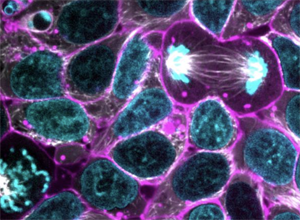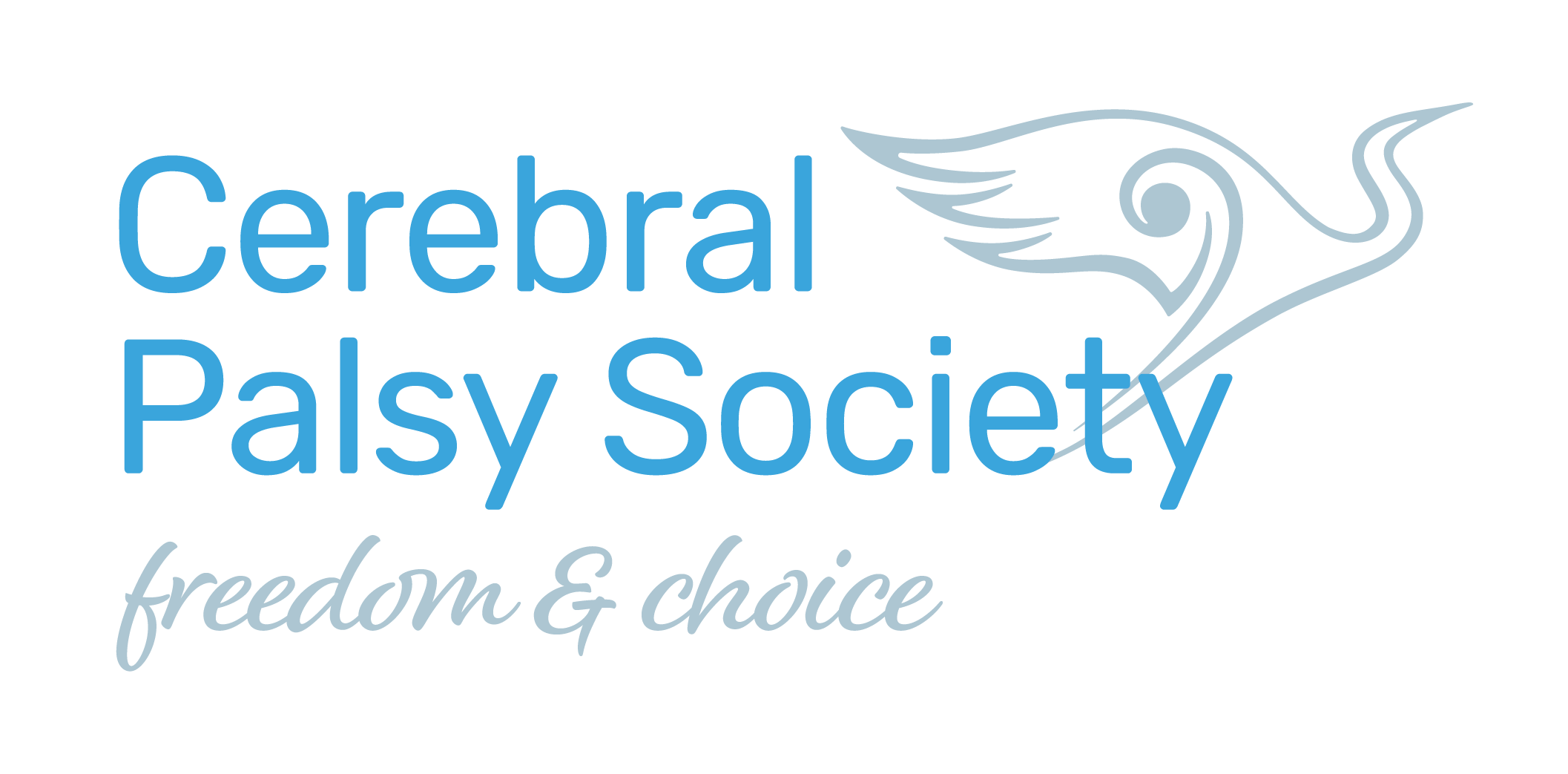Research
Stem Cell Update October 2019
29 Oct 2019
 The fields of stem cells and related sciences are a rapidly expanding one. Both researchers and the general public have a keen interest in the application of stem cells for treatment of various neurological disorders. Stem cells could potentially be used to reverse or limit the impact of a brain injury. The first known application of Stem Cells for CP in 2009 by Polish researchers. A small number of studies have examined CP and stem cells specifically therefore this article will mainly refer to treatment of brain injury. Research and clinical trials to-date have shown certain stem cell types to have an effect on brain injury recovery when combined with intensive therapy and follow-up rehabilitative interventions (Abbaspanah, 2018)). This article will review published research on stem cells and cerebral palsy from the last decade to give an overview of the “state of the science” for our readers.
The fields of stem cells and related sciences are a rapidly expanding one. Both researchers and the general public have a keen interest in the application of stem cells for treatment of various neurological disorders. Stem cells could potentially be used to reverse or limit the impact of a brain injury. The first known application of Stem Cells for CP in 2009 by Polish researchers. A small number of studies have examined CP and stem cells specifically therefore this article will mainly refer to treatment of brain injury. Research and clinical trials to-date have shown certain stem cell types to have an effect on brain injury recovery when combined with intensive therapy and follow-up rehabilitative interventions (Abbaspanah, 2018)). This article will review published research on stem cells and cerebral palsy from the last decade to give an overview of the “state of the science” for our readers.
Numerous pre-clinical (animal) studies have demonstrated that stem cells can have a mitigating effect on the brain injury that contributes to cerebral palsy (Ebrahim, 2018) Our Australian colleagues are reviewing each new study and summarising the finding in regular reports. Scientists have developed an increasingly sophisticated understanding of the different mechanisms by which stem cells might be useful for treating brain injury. Stem cells are proposed to work in the brain via three mechanisms.
-
Regenerative – replace lost/damaged brain cells with new cells and connections;
-
Anti-Inflammation – reducing the damaging effects of the body’s inflammatory process on brain cells
-
Trophic – releasing factors to encourage the body’s reparative mechanisms.
Despite research to date, numerous questions still remain about stem cells for cerebral palsy. The brain injury that results in cerebral palsy is a complex process and involves many factors. These include cause and timing of injury, genetic factors, baseline health and comorbidities. Therefore, research into using stem cells as a treatment should focus on the following aspects.
-
Stem Cell Types – It is well-established that there are multiple types of stem cells. However, it is important to investigate what type of stem cells could be most useful for cerebral palsy (Jantzie, 2018).
-
The Delivery Method – This is a general term for understanding how the stem cells are introduced to the body without promoting a considerable response from the immune system that may limit the effectiveness. There may also difficulty in getting the stem cells into the right location in the body, for example into the brain (Ruddy & Morshead,2018).
-
Dosage – There is considerable controversy about what constitutes an effective “dose” of stem cells and how the dosages are measured for potency and effectiveness against baseline functioning. For example, does an individual require follow up treatments? (Jantzie, 2018)
-
Timing and Diagnosis – There is considerable discussion about “critical periods” within a person’s development and neuroplasticity. Studies are still determining when a person might benefit most from receiving stem cell treatment (Jantzie, 2018).
-
Complications – There are always risks when administering a new treatment. Whilst there is accumulating safety data on the use of particular cell types for cerebral palsy, safety should always remain a top priority for clinical studies and should be monitored carefully, including in the long term (Nguyen, 2017).
-
Follow-up Care – We are still developing an understanding of what is required to maximise the benefit and effectiveness of stem cell treatment. This point is particularly relevant when it comes to follow up care and assessing functional outcomes. Some factors to consider include monitoring neurological pathways, functional goals and self-reported measures. (Kamelska-Sadowska, 2019)
Attention is focused on limiting the impact of the original brain injury and minimising the impact of brain inflammation and subsequent damage in the days, weeks and months after the original insult to the brain. An increasing number of CP families are heading overseas to seek and generally self-fund stem cell treatments for their children and many self-report having seen considerable improvements, however these reports are nearly impossible to objectively verify (Sharpe, 2016) Some reported changes include improvements in gross motor (walking and moving) and fine motor (writing and using utensils) skills (Thanh 2019) Other improvements include reduction in spasms, communication and speech patterns. There have also been some reports of gains in areas including quality of life and social confidence, self-sufficiency (Boruczkowsk Zdolińska-Malinowska, 2019), in single case studies and small reviews functional outcomes and improvements (Sharma et al 2015)
However, to date, there are limited studies on the effectiveness of stem cells in treating cerebral palsy (Australian Stem Cell Reference Group, 2019). This limitation is due in part to the complexity of the cerebral palsy brain injury, isolating its primary cause and the many differences in the types of cerebral palsy and how individuals present for clinical studies. To date, many early-stage stem cell studies have been conducted on small numbers of participants. Moreover stem cell trials can be intensive, complex and costly to run. Therefore, it is going to take time to build a comprehensive understanding of the overall utility of stem cell treatments for people with cerebral palsy. However, the science to date is promising (Jantzie, 2018)
There is considerable hope for stem cells in the future. Cell treatments are a high priority research topic Researchers are developing different methods and procedures for extracting, purifying and administering stem cells more efficiently. There is significant investment in stem cell research, in particular understanding the most effective ways for the cells to become a viable treatment within complex neurological disorders like cerebral palsy. The information is not perfect, but the insights are becoming clearer as more clinical trials are completed (Kiasatdolatabadi, 2017)
The Cerebral Palsy Society will take responsibility for updating our members regularly on stem cell developments as they come to hand. Fortunately, Australian researchers have made strong connections internationally, therefore, we have access to considerable knowledge and engagement through our Australasian network. The process of understanding stem cells is a long one. But the science is exciting and the early results are promising. If you would like any further information, please feel free to email me at amy@cpsociety.org.nz

